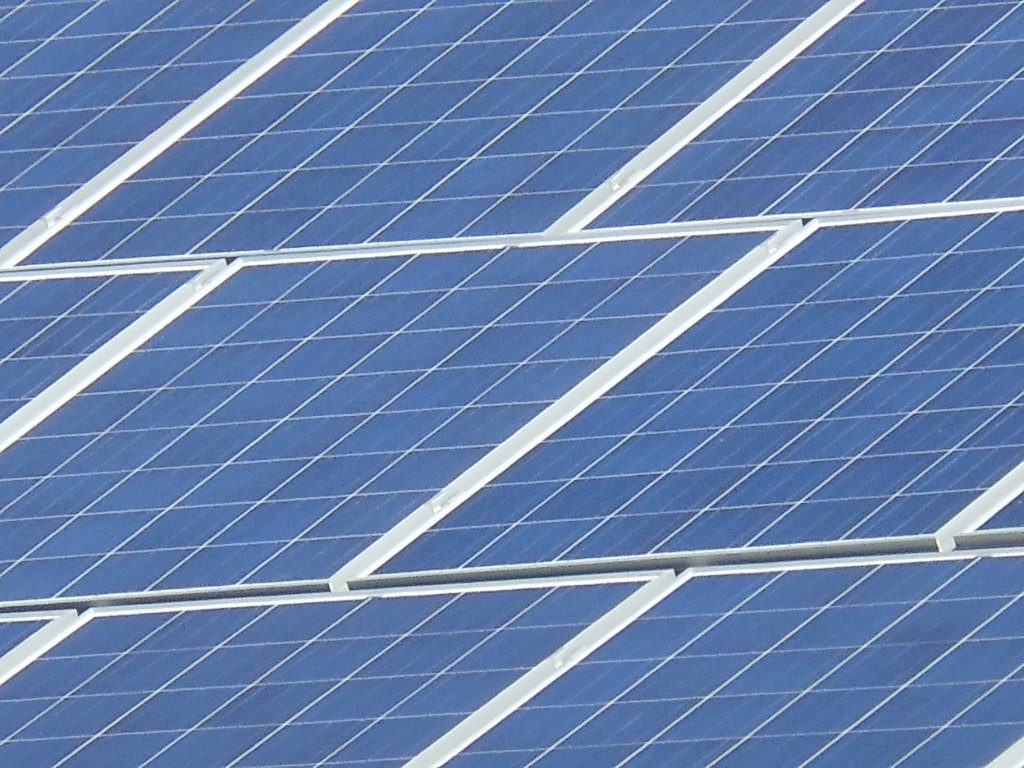
The Australian state of South Australia suffered crippling electricity outages in September 2016, which coincided with gale-force winds and flooding rains. The outages were triggered by storm damage to major transmission lines followed by wind farms disconnecting from the power grid.
South Australia leads the nation in non-hydro renewable energy utilization, getting 40% of its power from wind and solar. A nationwide debate ensued about the security of the state’s energy supply given its reliance on renewable power. A proposed solution to the problem is the use of energy storage to counter any disruptions in wind and solar supply.
Enter Elon Musk, who offered to install a 100-megawatt battery storage facility within 100 days, or it would be free. The South Australian government took the deal and the clock started ticking at the end of September when the contract was signed.
It looks like Musk has won the bet. Regulatory testing of the system began in late November. It is in fact the world’s largest lithium-ion battery system. The Hornsdale Power Reserve Battery is designed to overcome one of the main obstacles to greater reliance on renewable power sources. The system can store power while the wind blows or the sun shines, and then release it steadily to the grid later if generation stalls.
The system holds enough energy to power more than 30,000 homes, roughly the number that lost power during the 2016 blackout. However, it can only power them for about an hour. That could, however, be enough to keep customers powered until traditional backup sources come online, preventing the occurrence of the rolling blackouts that prompted the project in the first place.
**********
Web Links
Giant Battery Set for Testing in the Australian Outback
Photo, posted October 11, 2011, courtesy of Michael Coghlan via Flickr.
‘The 100-Day Giant Battery’ from Earth Wise is a production of WAMC Northeast Public Radio.
Leave a Reply